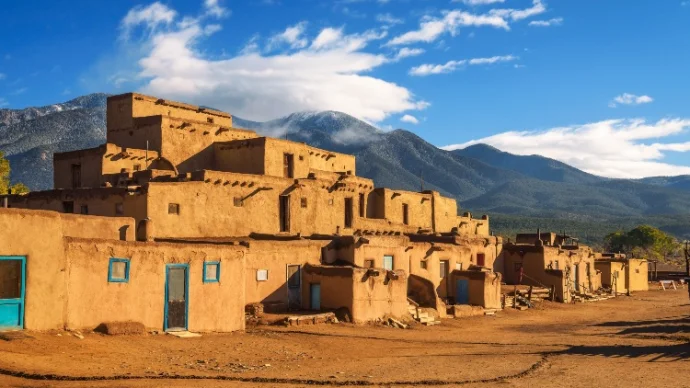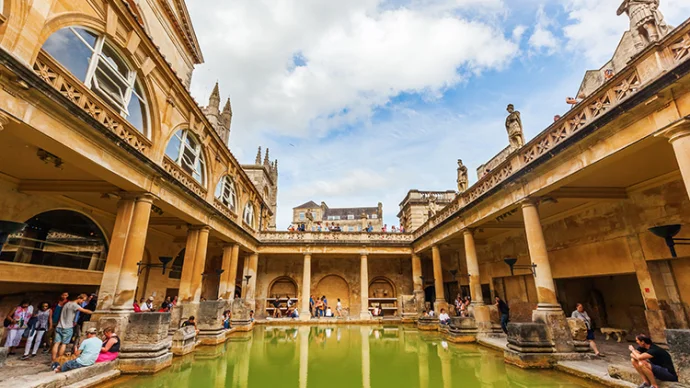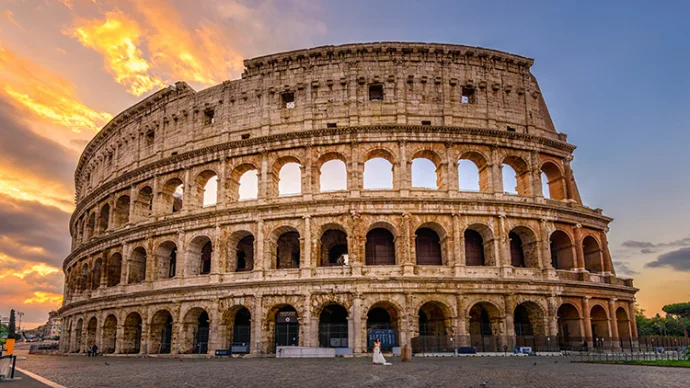
About Herculaneum
Herculaneum was a port town established by the ancient Romans in what is now modern Ercolano, Italy. At its peak, Herculaneum would have had around 4,000 citizens and served as a holiday town for wealthy Campanians and Romans.
History of Herculaneum
Like nearby Pompeii, Herculaneum was engulfed by the lava and mud which spewed from the eruption of Mount Vesuvius in 79 AD and, as a result, much of the town was preserved throughout the centuries.
Although smaller than Pompeii, Herculaneum was wealthier and a popular seaside retreat for the Roman elite. Regular excavations of Herculaneum’s ruins began in 1738 and have continued intermittently ever since, with a shifted focus on preserving what has already been unearthed, rather than excavating what remains.
Herculaneum Today
Herculaneum arguably withstood the natural disaster better than Pompeii since many of its upper floors are still intact. This, combined with the fact that Herculaneum’s ruins are less crowded and easier to walk through, makes it a great site to visit.
The internal architecture and décor of many of the two-storey ‘domus’ houses is remarkably preserved, with features in wood and marble, decorations, jewellery, and even organic remains like food providing a unique view into the daily lives of the ancient population of Herculaneum.
Even the streets of Herculaneum ruins are fascinating, displaying the high degree of planning employed by the Romans. Some of the most stunning sites at Herculaneum include the thermal spas and baths, the gymnasium, the House with the Mosaic Atrium, and the House of Neptune. Most famous of all is the Villa of the Papyri, which was one of the most luxurious houses in all of Herculaneum.
More sobering sites to visit include the so-called ‘boat houses’, in which the skeletal remains of at least 300 people were discovered.
This site also features as one of our Top 10 Tourist Attractions in Italy.
Getting to Herculaneum
From the centre of Naples, the ruins of Herculaneum is a 15-20 minute drive via the A3 or E45 roads. There are a number of public transport options from the centre – bus-wise, it’s best to get off at the ‘Ercolano Scavi’ stop, which takes you directly to the site. For those who fancy a scenic walk, the site is two hours from the centre via C.so S. Giovanni a Teduccio and SS 18 Tirrena Inferiore/SR18.
Featured In

Ancient Cities to Visit
Discover ancient history: these 15 metropolises, from the ruins of Pompeii to the mountainous Machu Picchu, are must-visit relics of the ancient world.

Roman Baths in Europe
Immerse yourself in the history of the Roman Empire at these remarkable ancient ruins of bathhouses and hypocausts across Europe.

Roman Sites in Italy
A guide to the very best Ancient Roman sites in Italy, featuring the infamous Pantheon and Colosseum in Rome to Herculaneum on the stunning Amalfi Coast.




















